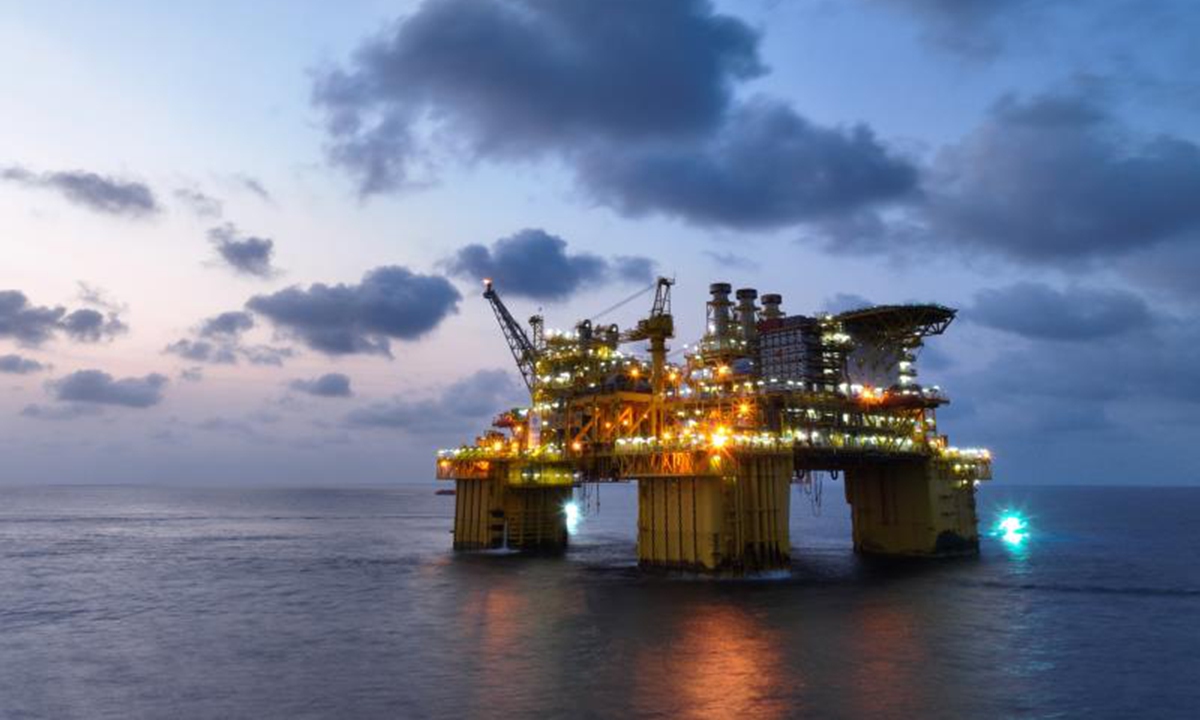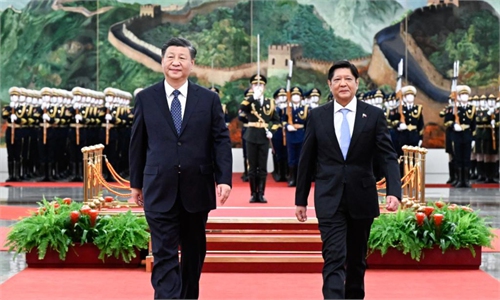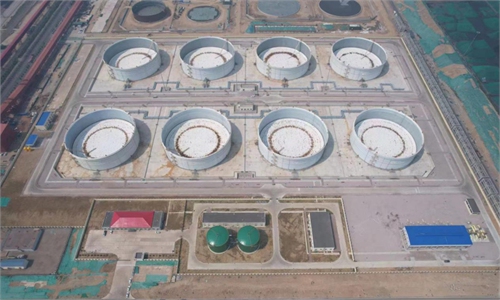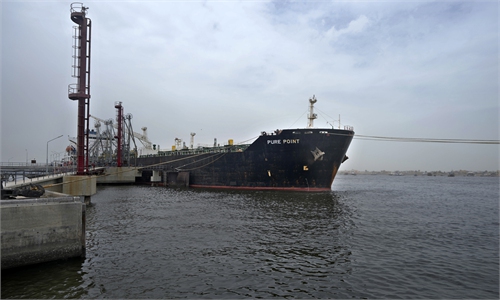
DeepSea No.1 Photo: Counrtesy of China National Offshore Oil Corporation
China's longest deepwater oil and gas pipeline has entered the final stage before operation, following the completion of work on laying the submarine long-distance pipeline in waters off South China's Hainan Province on Saturday, according to China Media Group (CMG).Experts said that the completion of the second phase project marks the establishment of a complete set of deep-sea oil and gas exploration and development technology systems in China, which strengthens the country's capability for ensuring its energy security.
The 115.5-kilometer submarine trunk pipeline utilizes 20-inch large-diameter seamless steel pipes and bimetallic composite pipes, marking the first application of such technology in deepwater environments in the country.
Once the submarine pipeline installation is completed, the interior walls of the pipeline will undergo cleaning and pressure testing, while seabed conditions along the pipeline route will be surveyed.
"We have successfully resolved world-class technical challenges in the construction of ultra-long, ultra-high, and suspension-span submarine pipelines, achieving more than 10 technological breakthroughs," said Guo Qing, the project manager of the second phase project, according to CMG.
Submarine pipelines are the primary means of transporting offshore oil and gas, and the deeper the water, the greater the engineering difficulty. The second phase of the Shenhai-1 project is located in an area with complex geological conditions and represents the largest span of submarine pipelines in China.
To accomplish this installation, a series of deep-sea oil and gas equipment, including Asia's first 3,000-meter deepwater pipe-laying vessel and the nation's first deepwater multifunctional engineering vessel, were independently designed and constructed.
Throughout the construction, a range of major technological obstacles was tackled, such as designing underwater oil and gas pipelines in adverse sea conditions and complex terrains, as well as ensuring efficient installation.
Lin Boqiang, director of the China Center for Energy Economics Research at Xiamen University, told the Global Times on Saturday that the completion of the second phase project marks the establishment of a complete set of deep-sea oil and gas exploration and development technology systems in China.
"Currently, major discoveries in oil and gas exploration in the global marine sector are predominantly found in deep-sea areas. Increasing efforts in deep-sea oil and gas exploration and development are crucial measures for safeguarding national energy security," Lin said.
The second phase of the Shenhai-1 project is located around 130 kilometers from Sanya, Hainan, where the maximum operating water depth is nearly 1,000 meters and proven geological reserves of natural gas totals 50 billion cubic meters (bcm), according to the Xinhua News Agency.
Once production starts, the peak annual output of the Shenhai-1 project will increase from 3 bcm to 4.5 bcm, making it an important source of gas to ensure China's energy security.
Global Times



